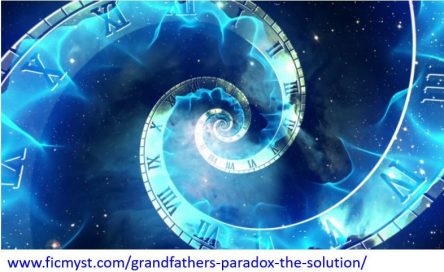
The official historiography classified Illig’s work as a “conspiracy theory” and did not go into a detailed refutation of the individual claims. Some astronomers have found “astronomical counterarguments“, and these are briefly summarised below.
An essential astronomical counterargument to the year-shifting of 200-300 years is that only the insertion of a Great Easter Cycle, 532 years, would have been possible because only this interval would have been difficult to detect. The reason for this is that in the Julian calendar months, days of the week and the corresponding phases of the moon repeat themselves in the same way only after 532 years. For astronomical and calendrical reasons, in mathematical terms, this means that the number of inserted fictitious years should be divisible by 19 and 28 (19*28 = 532). The 19 years is the length of the “Metonic cycle” (See Explanations). The 28 (7*4) years are the “solar cycle“, the number of years required in the Julian calendar for the leap years to repeat in the same way. The 7 is the “weekly cycle”, the number of the days of the week, and the 4 is the “leap year cycle“. (All this seems correct but is wrong because it is inaccurate, as we will show later).
The strongest counterargument of the astronomers is the “precession objection”, based on the approximately 25,920-year precession cycle of the Earth’s rotation axis.
The great ancient Greek astronomer Hipparchus is considered the first describer and measurer of precession. Hipparchus determined the celestial position of many fixed stars, e.g., Spica. Since the year of Hipparchus measurement (128BC), 2144 years have passed until AD2017, corresponding to a precession angle difference of 29.8 degrees. (See later)
"If history were about 2.5 centuries shorter, there would have been about three degrees less angular rotation, since the angular velocity of precession is constant to a good approximation. Three degrees would be too large an error even for ancient (astronomical) measurements."
According to experts, the above relationships and astronomical cycles were already well known to ancient astronomers. Eventual forgers or those who accepted an error afterwards would undoubtedly have considered them.
Of course, these cycles exist and were well-known also in ancient times. Despite these facts, the refutations based on them are not acceptable.
We will show later that these cycles cannot exclude the possibility of the insertion of an era into the AD time.
